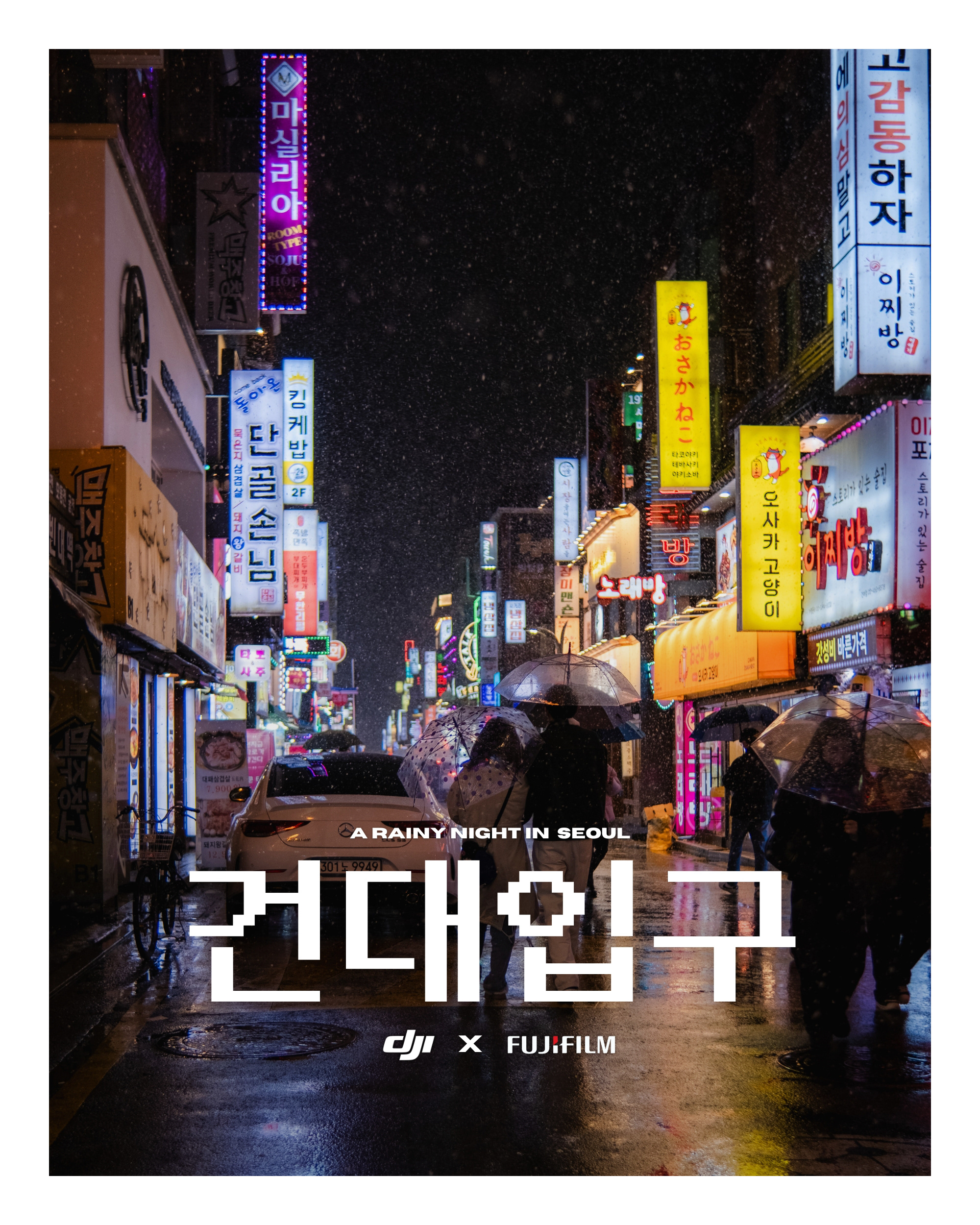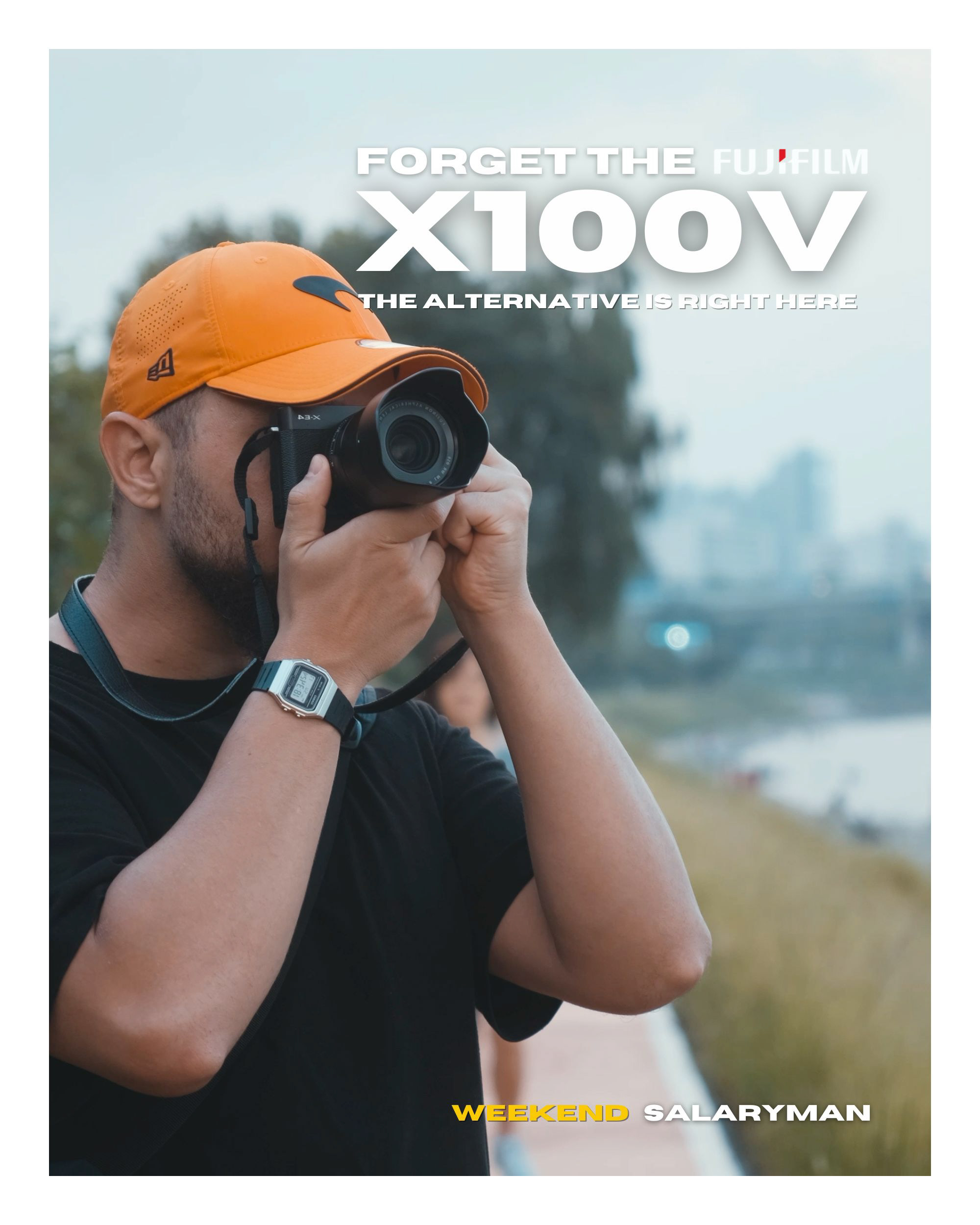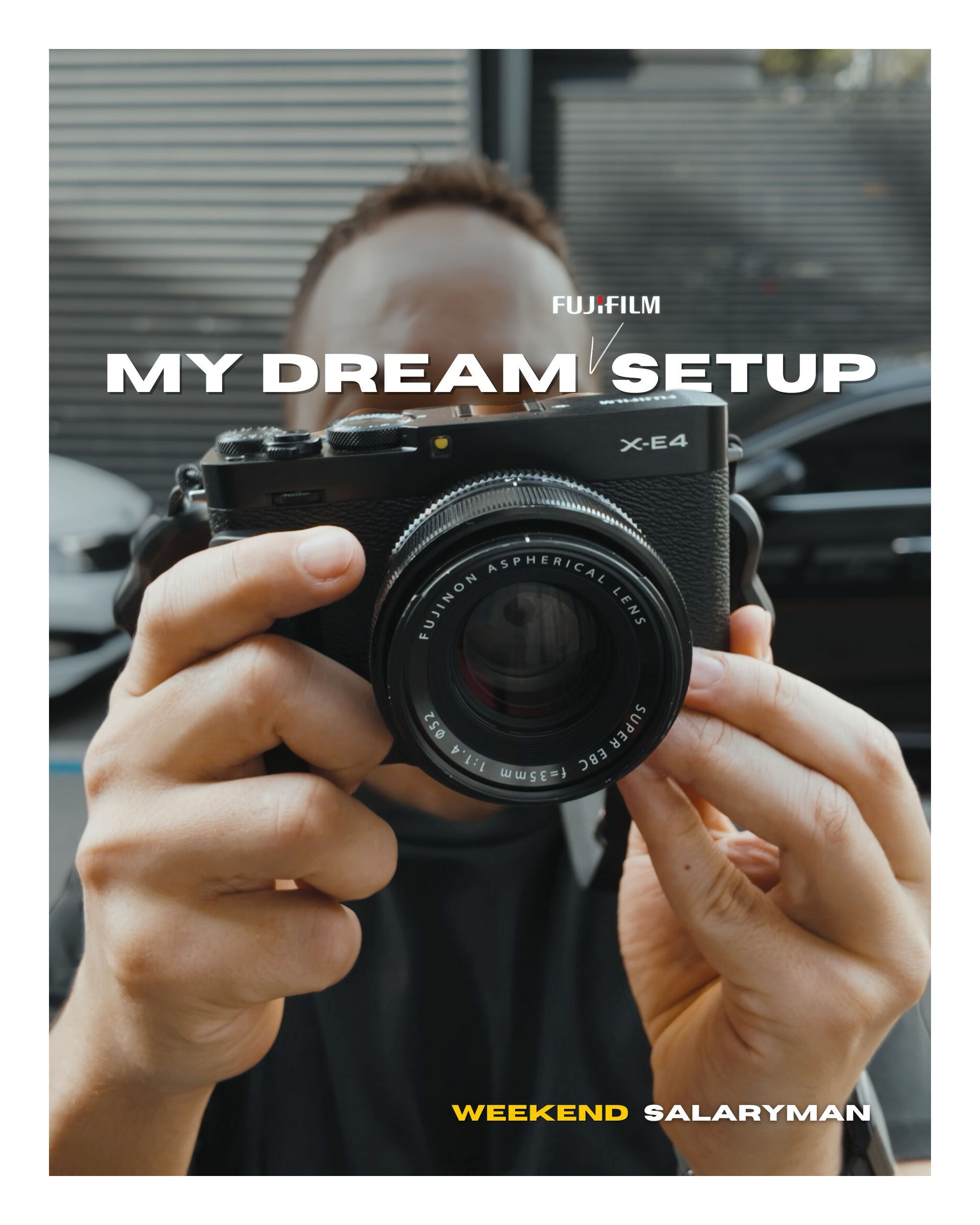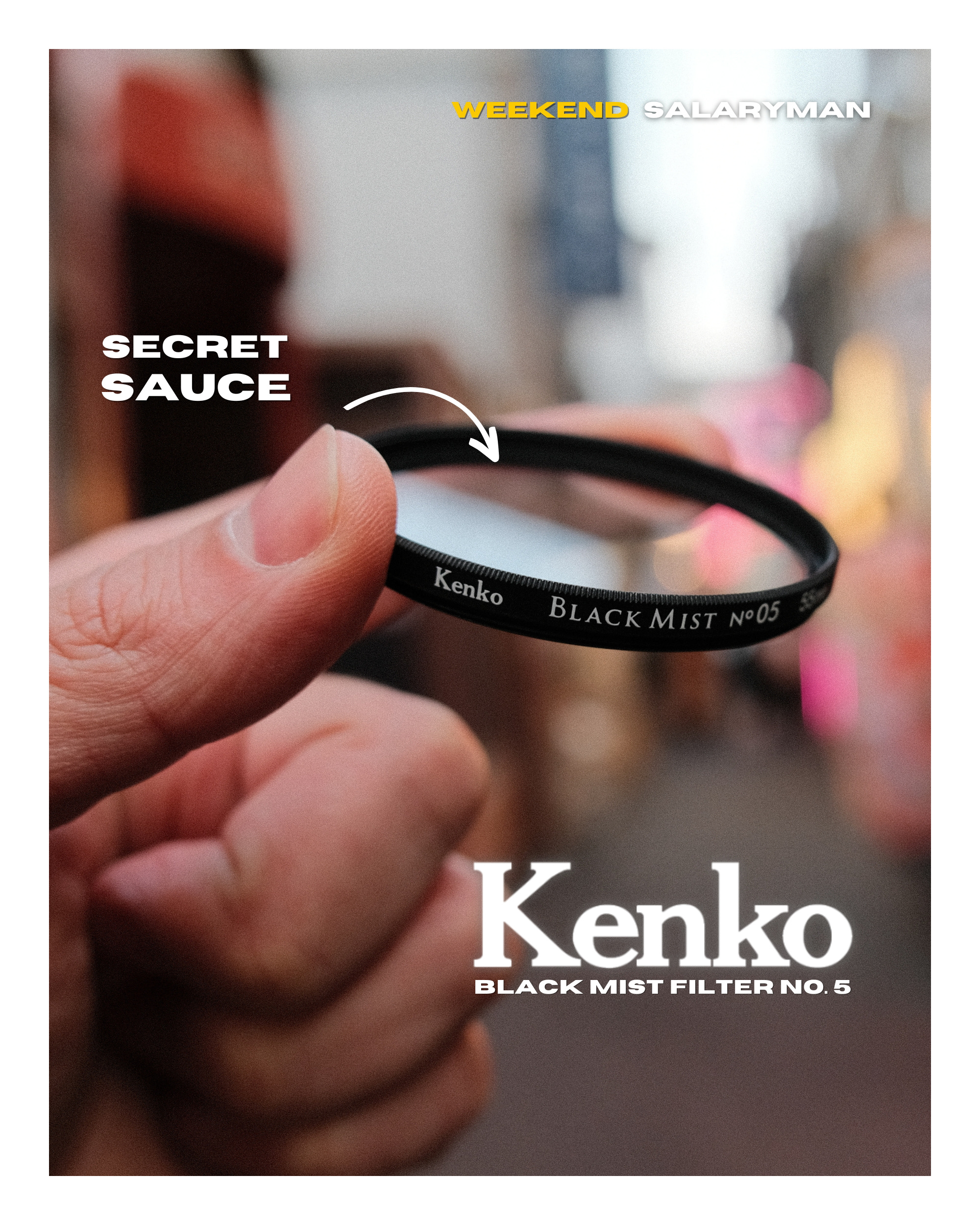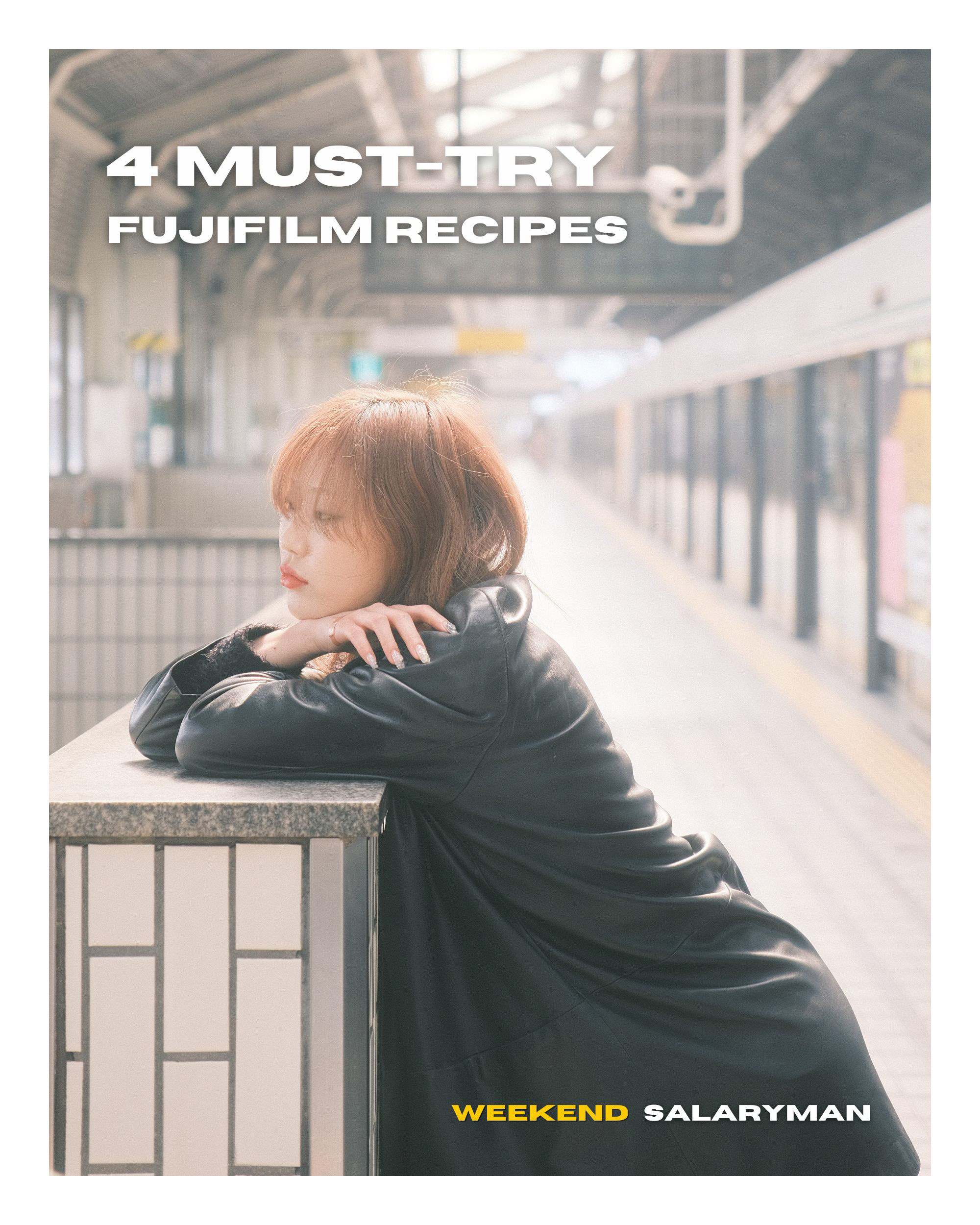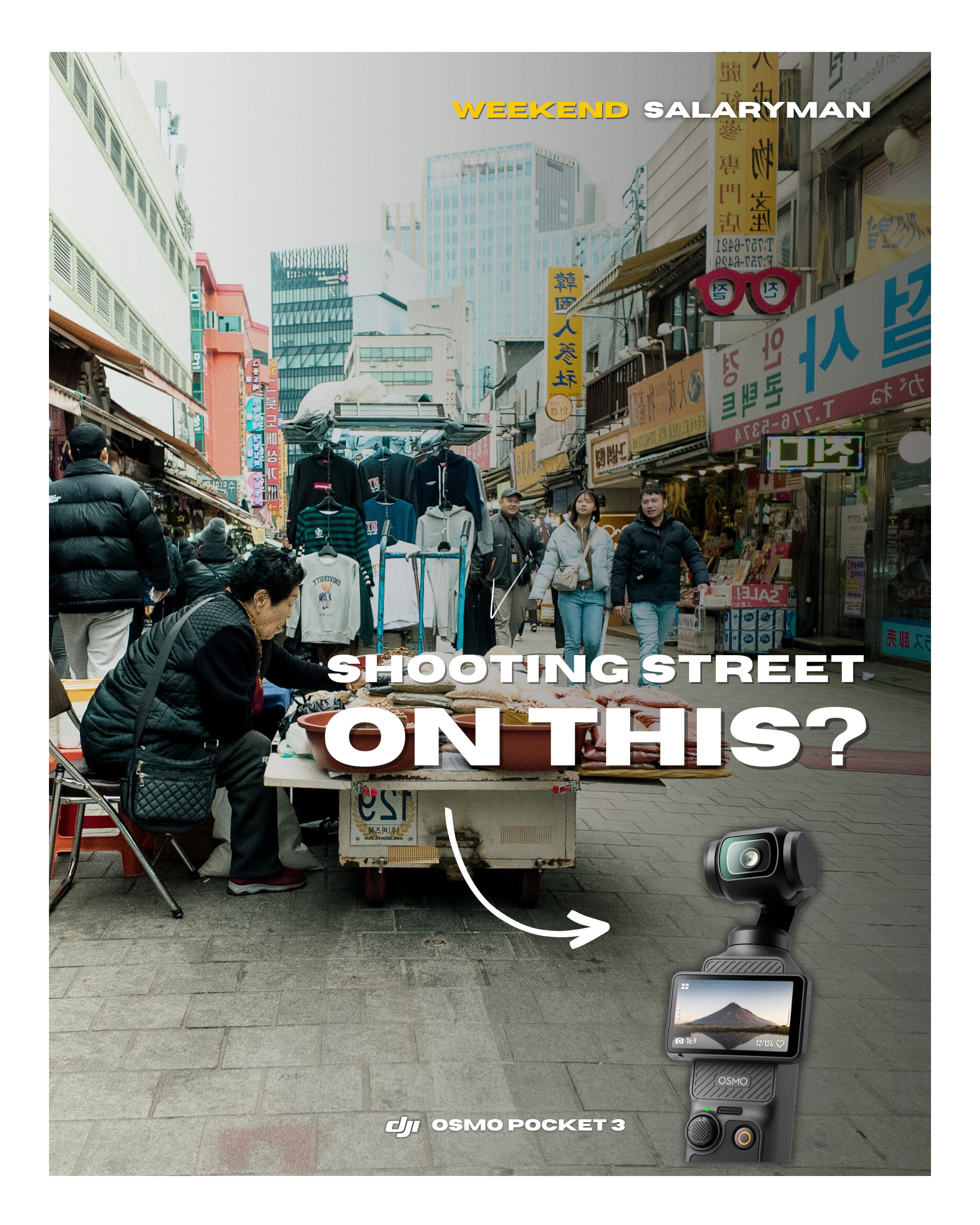In this post, I want to talk about the Fujifilm film simulation Velvia, which I feel often gets overlooked in favor of other options. I'll discuss the history of Velvia and why this vibrantly saturated film sim deserves more love within the Fujifilm community.
To be honest I didn’t pay it much attention when I first started shooting with Fuji but it has since come to occupy a regular spot in my film sim arsenal and in this post, we’re going to discuss why. But first, a trip back in time to uncover the history of Velvia.
Velvia is one of Fujifilm's iconic film simulation recipes that pays homage to an actual photographic film called Fujichrome Velvia 50.
Fujichrome Velvia 50 was a legendary color reversal film known for its incredibly vivid saturation and fine grain. It was originally launched by Fujifilm back in 1990 and quickly became a favorite among landscape, nature, and travel photographers for its ability to capture lush, vibrant colors.
The story goes that Velvia was engineered specifically to reproduce the vivid blue of the sky along with the bright greens of foliage and forest scenes. It did this extraordinarily well while retaining plenty of highlight and shadow details.
Velvia 50 film gained a cult following among outdoor photographers and was nicknamed the "landscape photographer's film" for its bold, saturated look. It became synonymous with colorful travel brochures and nature photos.
When Fujifilm launched their digital camera line with film simulation modes, emulating the legendary Velvia film was a natural choice. And so the Velvia recipe was born, aiming to recreate the vibrant look that made the original Velvia 50 so iconic and sought-after.
Through the recipe, Fujifilm has succeeded in bringing the lush, vivid rendering of the original Velvia into the digital age. It's a classic film simulation that continues to be popular among Fujifilm shooters today who want to add striking color and saturation to their photos.
I've found Velvia works best for situations with gripping signage, like the streets of Euljiro here in Seoul. The key is controlling the saturation and ensuring correct white balance. Neon Velvia is also a favorite recipe of mine - it produces outputs similar to my old Sony images.
While I'm not sure I'd shoot portraits with Velvia, I've been loving its dramatic results, especially at night and for sunrises/sets. If you've been curious about shooting more with Velvia on your Fuji, be sure to hit like and subscribe to see how I utilize it here in South Korea. I hope this video has convinced you to give Velvia a try for yourself.

